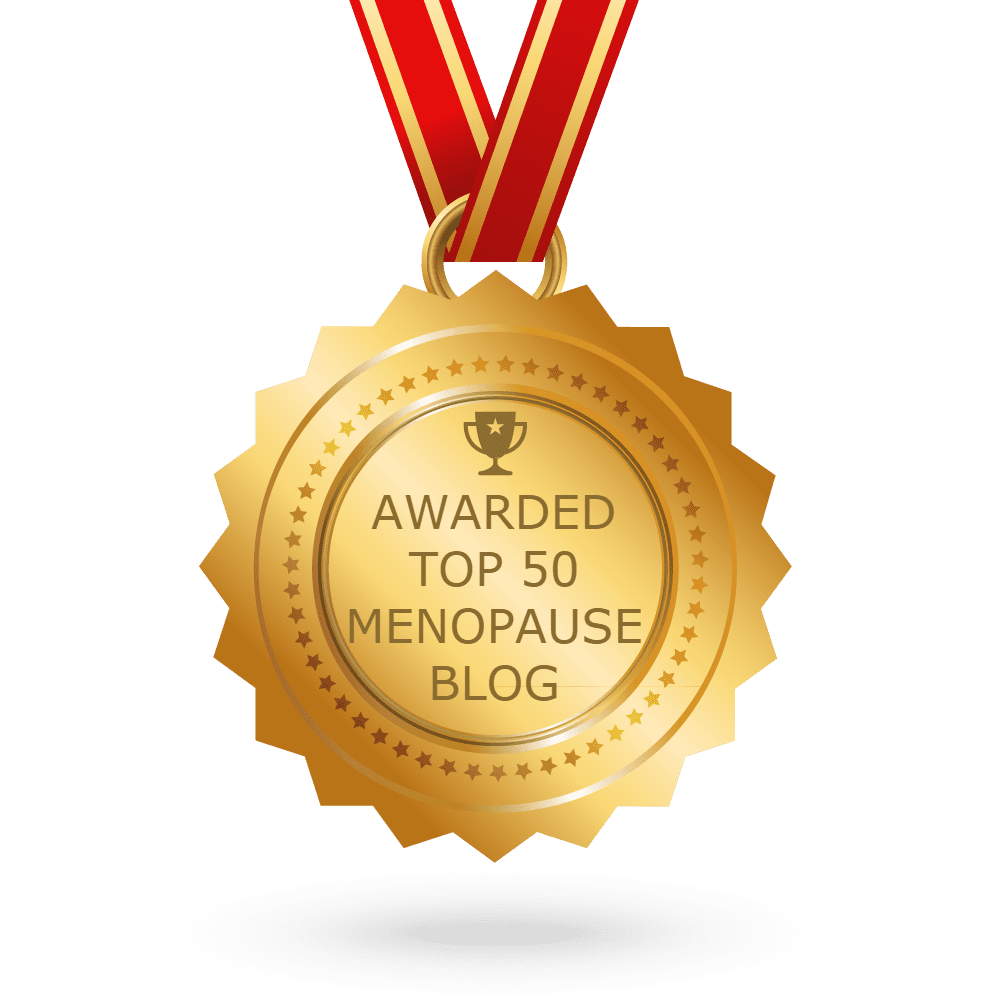Hair Loss
Symptoms in Detail
Hair loss or hair thinning is a common concern during menopause

As a woman progresses through menopause she can experience imbalances in her hair health, from increased dryness and brittleness to thinning and hair loss.
What is the cause of hair loss in menopause?
Hair loss or thinning in menopause is usually caused by a direct result of fluctuating hormone levels. However, there are many other factors that may also play a role in hair loss during menopause, including stress, illness or lack of nutrients.
What are the types of hair loss associated with menopause?
Two main hormones are involved in hair growth: estrogen and testosterone. Estrogenic alopecia is hair loss iresulting from declining estrogen levels because estrogen helps hair grow faster and stay on the head longer, leading to thicker, healthier hair. This is the most common type of hair loss amongst menopausal women. A decrease in estrogen also triggers an increase in the production of androgens, or a group of male hormones. Androgens shrink hair follicles, resulting in hair loss on the head. This is referred to as androgenic alopecia.
Know the 34 symptoms of menopause
Here are all of the documented symptoms of menopause you need to look out for:
Physical Symptoms
- Incontinence
- Changes in Body Odour
- Bouts of Rapid Heart Beat
- Breast Pain
- Headaches
- Joint Pain
- Itchy Skin
- Burning Mouth Syndrome
- Electric Shock Sensation
- Digestive Problems
- Gum Problems
- Increased Tension in Muscles
- Formication - Crawly Skin
- Paresthesia - Numbness in Hands and Feet
- Osteoporosis - After Several Years






